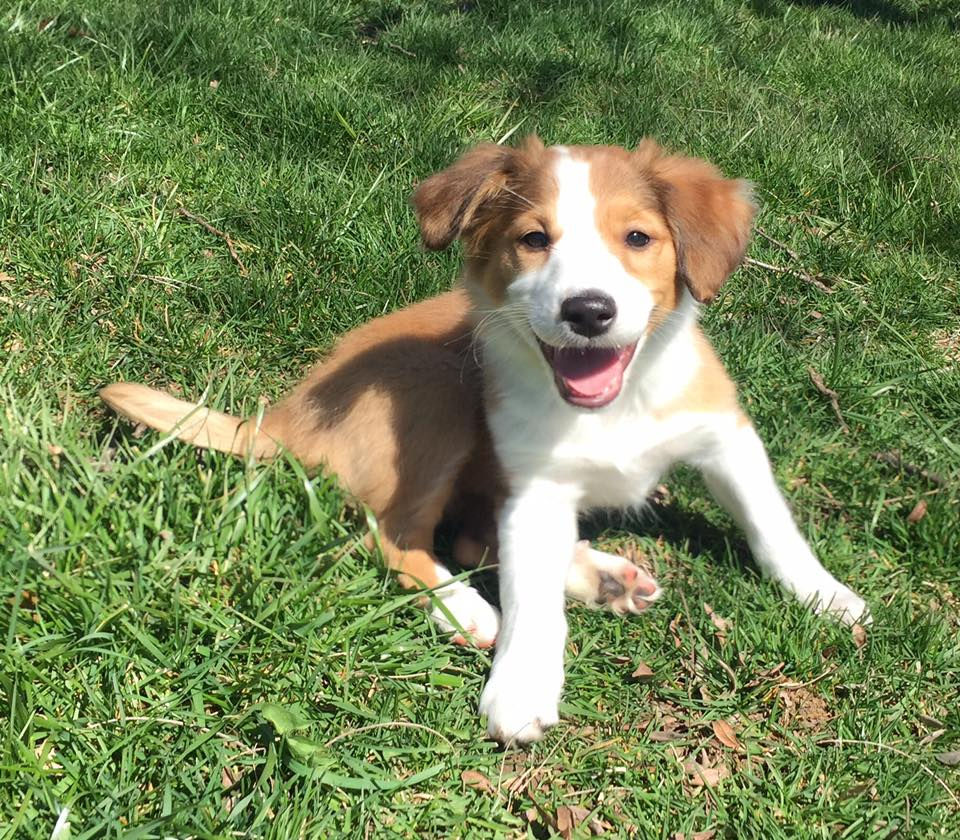What's Old is New Again

The Farm Dogs project was very personal to me, the result of a lifetime of both loving dogs and reading books about dogs. My childhood animal books were “dog-eared” for sure, but when I received a gift of National Geographic’s Man’s Best Friend in 1966 – my life was changed. This was the first serious dog breed book I read, but it was also more. With the characteristic National Geographic approach, it was centered on how dogs fit in our lives, our mutual history, how they evolved, and their valuable work.
Working on this project with Lisa Hiley, my editor, we reminisced together how much we both loved this book. First issued as The National Geographic Book of Dogs in 1958, the detailed chapters were written by different canine experts and it was lovingly illustrated with excellent color and black and white photography; historical illustrations; and beautiful paintings by both well-known and Geographic Society staff artists. Many of the photographs and paintings had first appeared in the magazine itself. It was a distinctive approach to writing about dogs, later updated and re-issued as Man’s Best Friend in 1966.

I poured through this book, reading and re-reading the text and memorizing everything about the breeds. I cannot deny that the chapter “Working Dogs of the World” was my favorite. Most of the breeds were depicted still working at their traditional jobs; many not yet changed by popular fads or the show ring. I also relished the chapter on “Favorite Dogs of Many Lands” – exotic breeds not yet known in the US or Canada. Little did I know this would lead me to a lifetime curiosity about rare and historic animal breeds.

“A fine, trustworthy dog with children, the Great Pyrenees guards his modern master’s home with the loyalty and devotion he gave the mountain shepherds centuries ago.”
(Man’s Best Friend: p 225))
Two dog breeds fascinated me so much that as an adult, I came to own them. In the mid-1970s, when my husband and I first moved to our farm and predators attacked our poultry – I knew exactly what we needed. We needed a Great Pyrenees! The image of those beautiful white dogs, depicted in a painting by the famous American animal painter, Edward Herbert Miner, was fixed in my mind’s eye. That noble Pyr would lead us on an adventure of owning and learning about many livestock guardian dogs, eventually settling on a breed that did not arrive in North America until recently – the Kangal Dog of Turkey. Our other favored working dog was also found in the pages of Man’s Best Friend – our beloved corgis - Pembroke and Cardigan. We are a multi-generation corgi family now, as corgis live with our grandchildren too.
As I began working on Farm Dogs, I took what I remembered best from Man’s Best Friend – lavish illustrations featuring dogs at work, a thoughtful introduction to each breed, and personalized stories of people and dogs – and then I worked to approach this book with a focus on the breeds uniquely suited to work on a farm or life in the countryside. Farm Dogs is the first comprehensive breed book to focus exclusively on the best dogs for farm life, be it as a true working partner or a family companion to a rural lifestyle. The dogs that traditionally and historically fulfilled these roles are still best suited to this role and place, and they make superb full- or part-time workers and companions. The selection of breeds for Farm Dogs was determined by the jobs traditionally done by working farm dogs: guarding the flocks; protecting the farmstead; herding, driving, and working with stock; hunting rats and other vermin, pulling carts; or serving as an all-around farmhand and jack-of-all-trades.

Today, we have a new dog at our place – Pippa the English Shepherd. She has some big shoes to fill. Many years ago another English Shepherd lived with my husband’s family. In this photograph from 1949, my husband is just a babe in arms. At the family's feet is their beloved farm collie, Shep. Farm dogs like Shep are seen in thousands of old farm photos as both indispensable working partners and much loved family companions.
The English Shepherd, despite the name, is thoroughly American and the descendent of immigrants. My husband's midwestern family called these dogs “shepherd collies” but they were also known as Scotch collies or old-fashioned collies. Most likely the name English Shepherd was favored because the dogs looked and acted like the old rustic collies or sheepherding dogs from Britain. The English Shepherd is often confused with either a Border collie or an Australian Shepherd, although there are some distinct differences among them.
I need to thank my friends at Storey for letting me fulfill a lifelong dream – writing a dog breed book. When we needed a new herding dog on our farm, I went back and re-read what I had written in Farm Dogs on size, coat, temperament, behavior, and working traits of various herding breeds. And, sure enough, we discovered a new breed for us. It is my hope you will find this book just as useful for you – enjoyable reading about the dogs we love but also helpful to determine which one will best fit your needs. Or capture your heart.

Pippa - the English Shepherd
National Geographic Society. The National Geographic Book of Dogs. Washington DC: 1958.
National Geographic Society, Man’s Best Friend; the National Geographic Book of Dogs, Washington DC: 1966.
